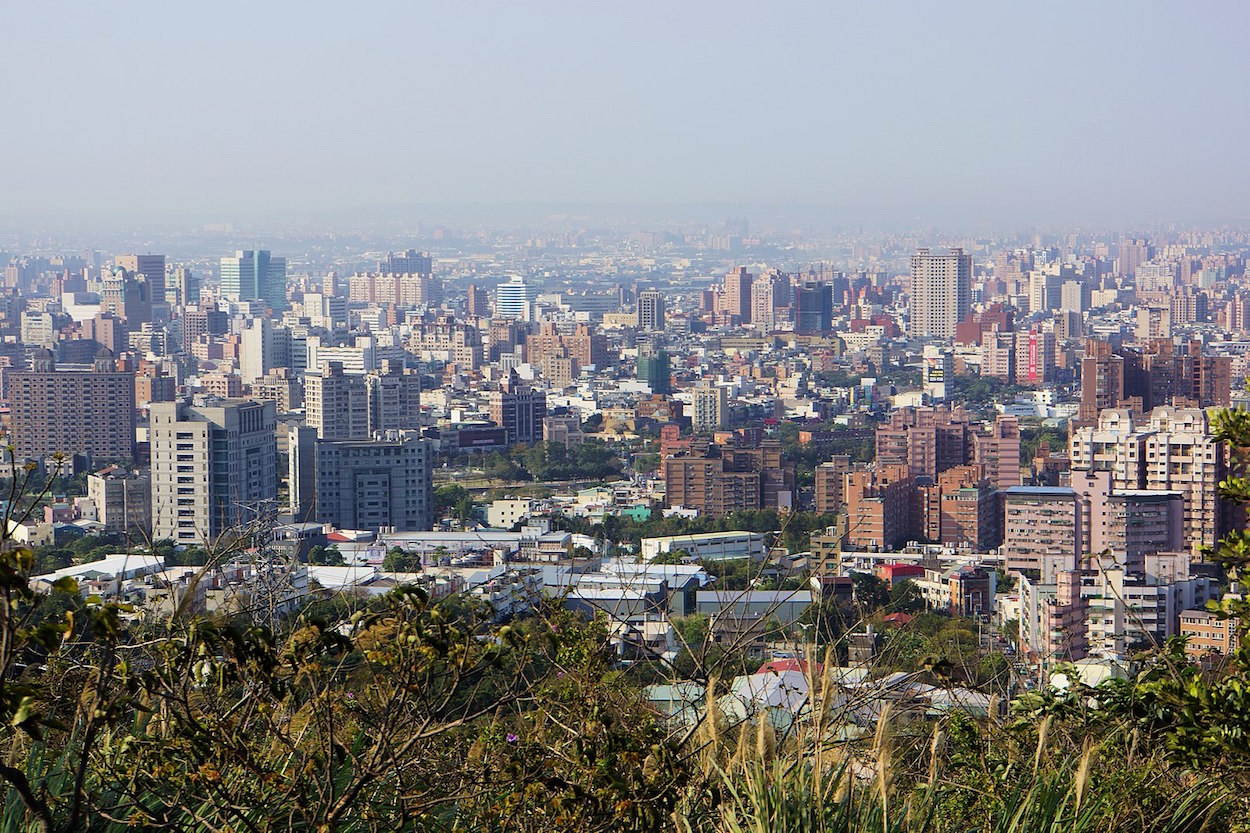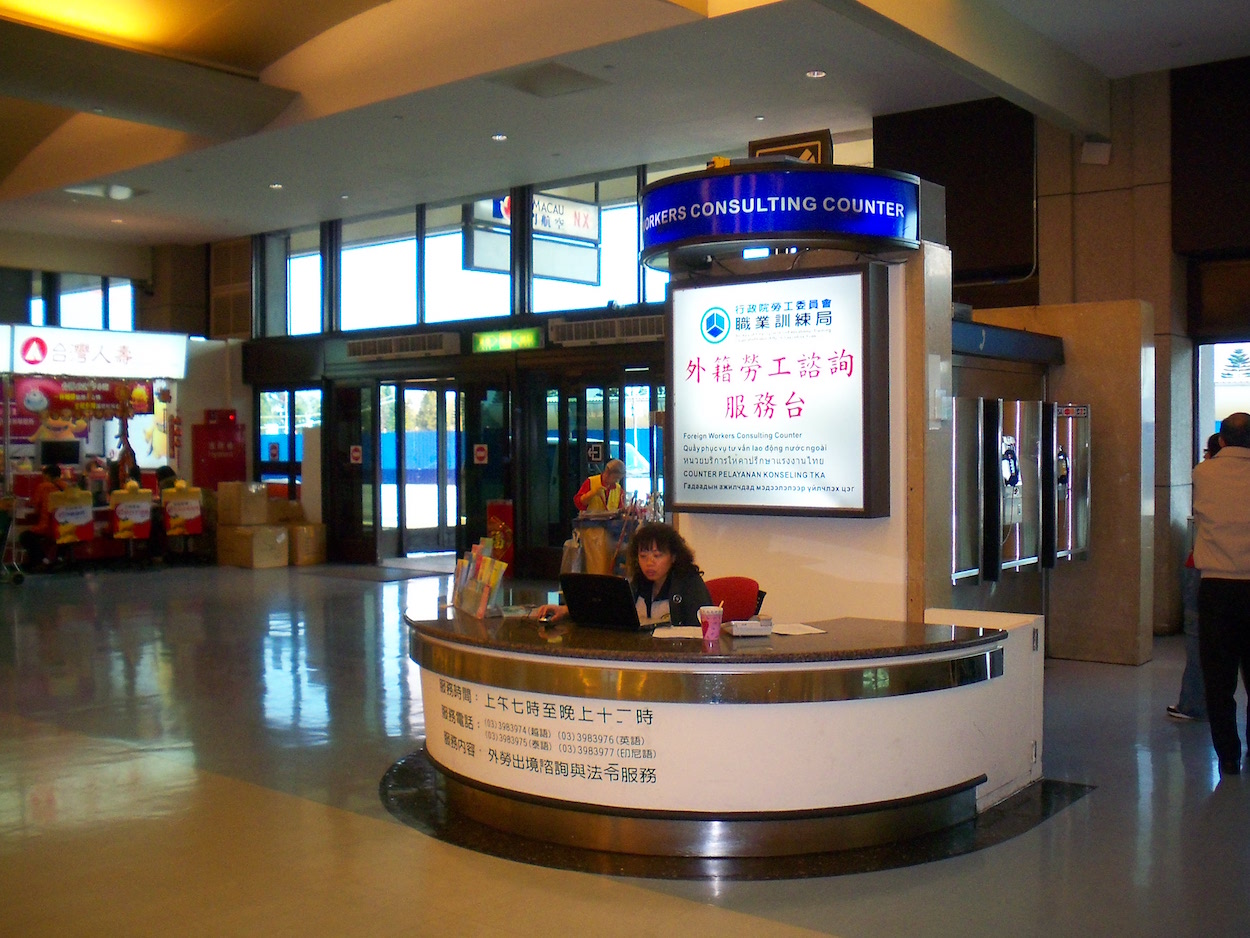by Brian Hioe
語言:
English
Photo Credit: Foxy1219/WikiCommons/CC
A FACTORY FIRE in Taoyuan that broke out on Sunday killed a Filipino factory worker, after the worker sustained third-degree burns over 90% of his body. The incident is the latest factory fire death of a migrant worker in Taiwan, with notable incidents having taken place not only earlier this year, but in 2017, 2018, and 2019. One Taiwanese worker was also injured in the fire, but only suffered burns to his hands and was quickly discharged from the hospital.
The factory fire sparked alarm Sunday after beginning in a factory owned by drug manufacturer SCI Pharmtech Incorporated in Luzhou, Taoyuan around noon, then spreading to four other factories. Smoke from the fire was widespread enough that some feared that the fire would affect flights from Taoyuan International Airport, though airport officials stated that flights were not affected. The fire broke out on the chemical processing lines of a factory owned by SCI Pharmtech.
 Photo credit: lienyuan lee/WikiCommons/CC
Photo credit: lienyuan lee/WikiCommons/CC
The fire was strong enough that the blaze burned for over 48 hours SCI Pharmtech has stated that there were over 800 million NTD in losses caused by the fire, with the company now considering future steps as to its economic viability, seeing as it will take over six months to rebuild the factory. The company anticipates 600 million NTD in losses in the first quarter of 2021, with shares having plunged early in the trading week, something that could affect the employment of the company’s 270 workers.
What the incident points to are lacking safety standards in Taiwanese factories, with migrant workers being among those placed most at risk. Migrant workers are called on to work the so-called “3D”—”dirty,” “dangerous,” and “demeaning” jobs in factories that Taiwanese workers do not want to work themselves.
However, migrant workers in factories are routinely provided inadequate safety equipment compared to Taiwanese workers, a contributing factor to why deaths in factory blazes are disproportionately migrant workers. The same is true of other categories of migrant workers working “3D” jobs, such as migrant fishermen, who may lack the life vests and other safety equipment provided to their Taiwanese counterparts on fishing vessels.
To this extent, in many cases, migrant worker dormitories are located adjacent to factories containing flammable or otherwise hazardous chemicals. This has led migrant worker groups and migrant worker advocates to call for the separation of migrant worker dormitories and factories in the past. But it is generally a broader pattern of migrant work in Taiwan that employers try to house migrant workers in their workplace, in order to reduce expenditure—something true of domestic workers, caregivers, migrant fishermen, or migrant factory workers, Taiwan’s four major categories of migrant workers.
But, rather unsurprisingly, the Taiwanese government has generally not committed sufficient resources to address the issue. According to migrant worker groups, there are over 100,000 migrant worker dormitories in Taiwan, while there are only 274 inspectors that carry out inspections of migrant worker dormitories.
In terms of public responses to unsafe working conditions facing migrant factory workers, it should not be surprising either that there has generally only been broader discussion of factory safety issues when they involve Taiwanese deaths. For example, there was widespread discussion of lacking workplace safety in Taiwanese factories after five Taiwanese firefighters died in an April 2018 fire that also killed two migrant workers.
But despite other factory fire deaths in the years since, actions to address the issue from the Taiwanese government have been lacking. One notes, for example, that in response to the April 2018 fire, the Taiwanese Ministry of Labor simply proposed lowering companies’ quotas to hire migrant workers by five individuals whenever there was a death due to negligent safety measures.
 Foreign worker consulting counter in Taoyuan International Airport. Photo credit: 玄史生/Facebook
Foreign worker consulting counter in Taoyuan International Airport. Photo credit: 玄史生/Facebook
Addressing issues faced by migrant factory workers proves a particular challenge. Taiwanese migrant worker advocates often face challenges establishing contact with migrant factory workers because they work in remote factories located in the countryside, in places that are not easily accessible and with weak cell phone signal.
Like migrant fishermen who work on the high seas, migrant factory workers in Taiwan are not easily visible in Taiwanese society the way that migrant domestic workers or caregivers are. But reports by international NGOs on the plight of migrant fishermen have spotlighted their conditions in Taiwan in past years, leading to greater attention to the issue from the Taiwanese government, which fears that Taiwan’s poor labor rights record regarding migrant fishermen will be damaging to its reputation abroad.
The same has not occurred with migrant factory workers in Taiwan, who often work in factories owned by small to medium-sized enterprises such as SCI Pharmtech. As small to medium-sized enterprises constitute a sizable chunk of the Taiwanese economy, the government is loath to take measures that may make them skittish—particularly fearing that companies will relocate factories from Taiwan to China. These are among the many issues that make advocacy for migrant factory workers a challenging task at present.

